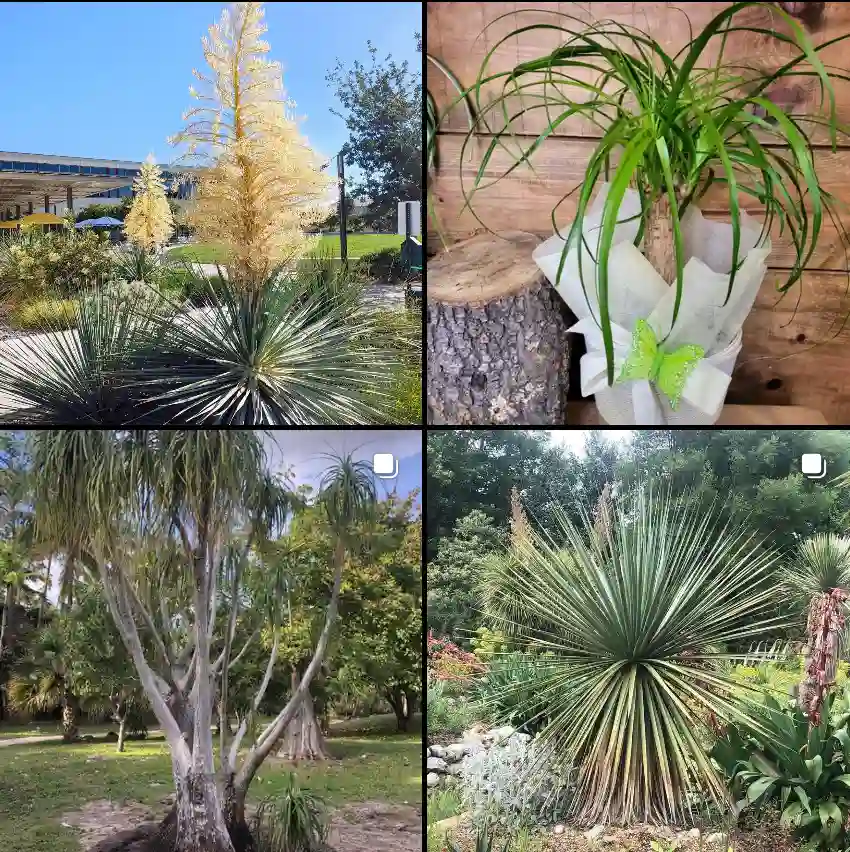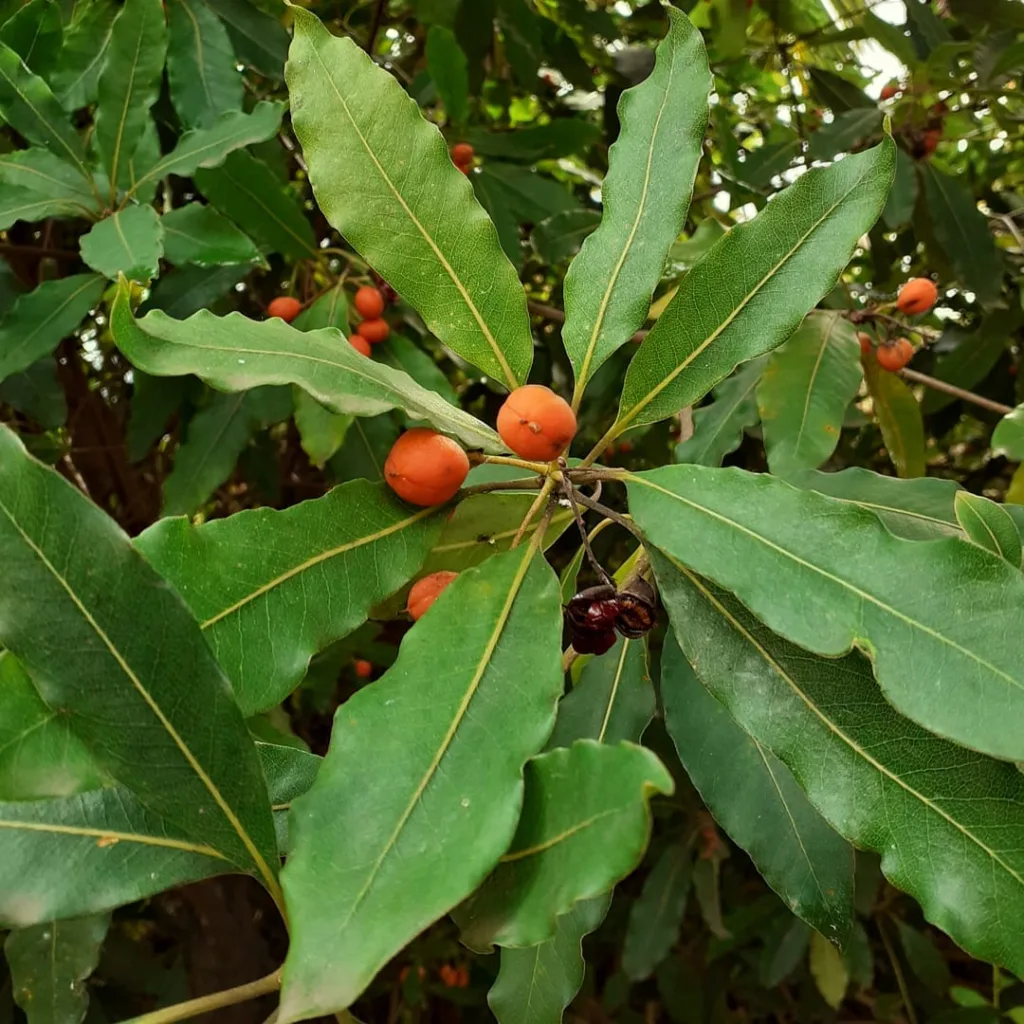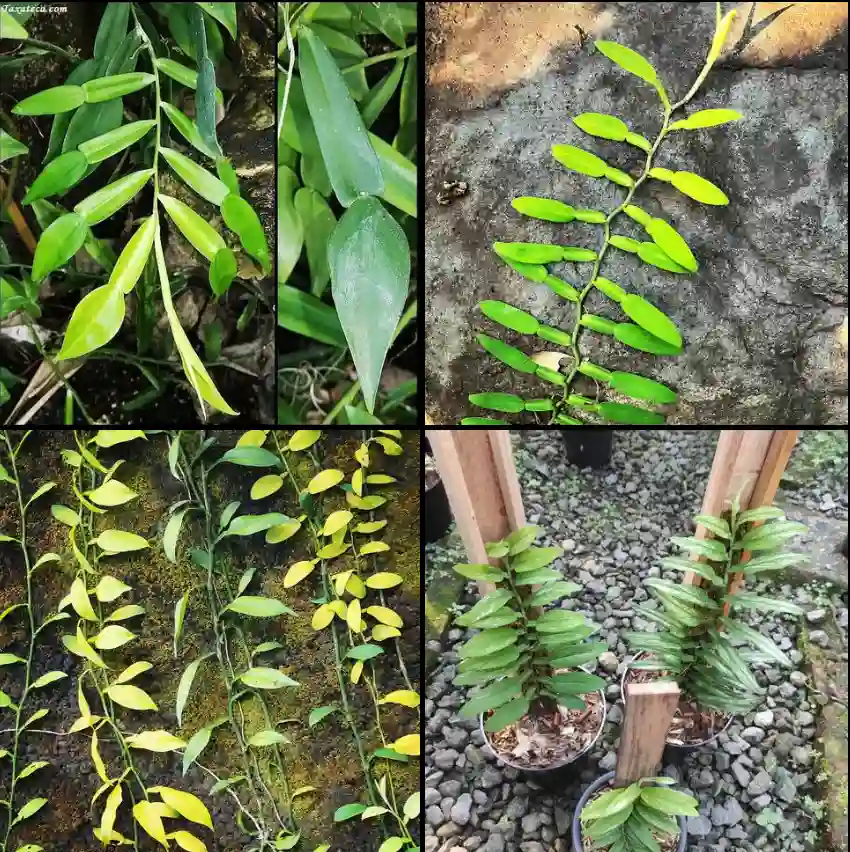Gasteria Okavango: Your Guide to This Unique Succulent
Hey there, plant enthusiasts! Ferb Vu here, and today we’re diving into the world of the fascinating Gasteria Okavango, a succulent that’s both visually striking and surprisingly easy to care for.
If you’re looking for a low-maintenance plant to add a touch of texture and character to your home, the Gasteria Okavango might just be your perfect match. Let’s answer some of the most common questions about this unique succulent.
26 Species in Genus Gasteria
What is a Gasteria Okavango?
The Gasteria Okavango is a captivating succulent belonging to the Asphodelaceae family, native to the sunny climes of South Africa. It’s known for its rosettes of thick, fleshy leaves, often described as “tongue-shaped” due to their elongated and pointed form. These leaves boast a beautiful green hue, adorned with white bumps that add a delightful textural dimension.
Unlike some succulents that demand constant attention, the Gasteria Okavango thrives on neglect (well, almost!). Its water-storing leaves allow it to withstand periods of drought, making it a great choice for busy plant parents or those prone to forgetting to water.
Gasteria Okavango vs. Other Succulents
While the Gasteria Okavango shares some characteristics with other succulents, there are some key differences to keep in mind. Here’s a quick comparison:
- Aloe Vera: Both Gasteria Okavango and Aloe Vera are succulent members of the Asphodelaceae family. However, Aloe Vera tends to have larger, smoother leaves with a more gel-like interior, prized for its medicinal properties. Gasteria Okavango, on the other hand, has smaller, rougher leaves with a more decorative purpose.
- Haworthia: These two succulents are often mistaken for each other due to their similar rosette growth patterns and thick leaves. However, Haworthia leaves are typically softer and more translucent than the Gasteria Okavango’s. Additionally, Haworthia tends to favor even more shade than the Gasteria Okavango.
How to care for Gasteria Okavango?
Here’s the good news: caring for your Gasteria Okavango is a breeze.
- Light: This succulent prefers bright, indirect light. Avoid harsh midday sun, which can scorch the leaves.
- Watering: Water deeply when the soil feels completely dry to the touch. Overwatering is a major threat, so err on the side of underwatering.
- Soil: Use a well-draining succulent or cactus mix to ensure proper drainage and prevent root rot.
- Potting: Choose a pot with drainage holes to avoid waterlogging. Consider a pot slightly larger than the root ball to allow for some growth.
- Temperature: The Gasteria Okavango thrives in average room temperatures, ideally between 65°F and 80°F (18°C and 27°C).
With minimal pampering, your Gasteria Okavango will reward you with years of low-maintenance beauty.
Propagation: Sharing the Joy
The Gasteria Okavango can be easily propagated to share with friends or expand your succulent collection. Here are two common methods:
- Offsets: These are baby Gasteria plants that sprout at the base of the mother plant. Once the offsets have developed a few sets of leaves, you can gently remove them and pot them individually in well-draining soil.
- Leaf cuttings: Carefully remove a healthy leaf from the mother plant and allow the cut end to callous over for a few days. Plant the calloused end in a pot with well-draining soil, keeping the soil slightly moist until new growth emerges.
Conclusion: The Undemanding Delight of Gasteria Okavango
The Gasteria Okavango is a succulent that offers the best of both worlds: stunning aesthetics and effortless care. With its captivating looks and easy-going nature, it’s a perfect addition to any plant lover’s collection. So, why not give this unique succulent a try and bring a touch of South African charm to your home?
If i die, water my plants!



